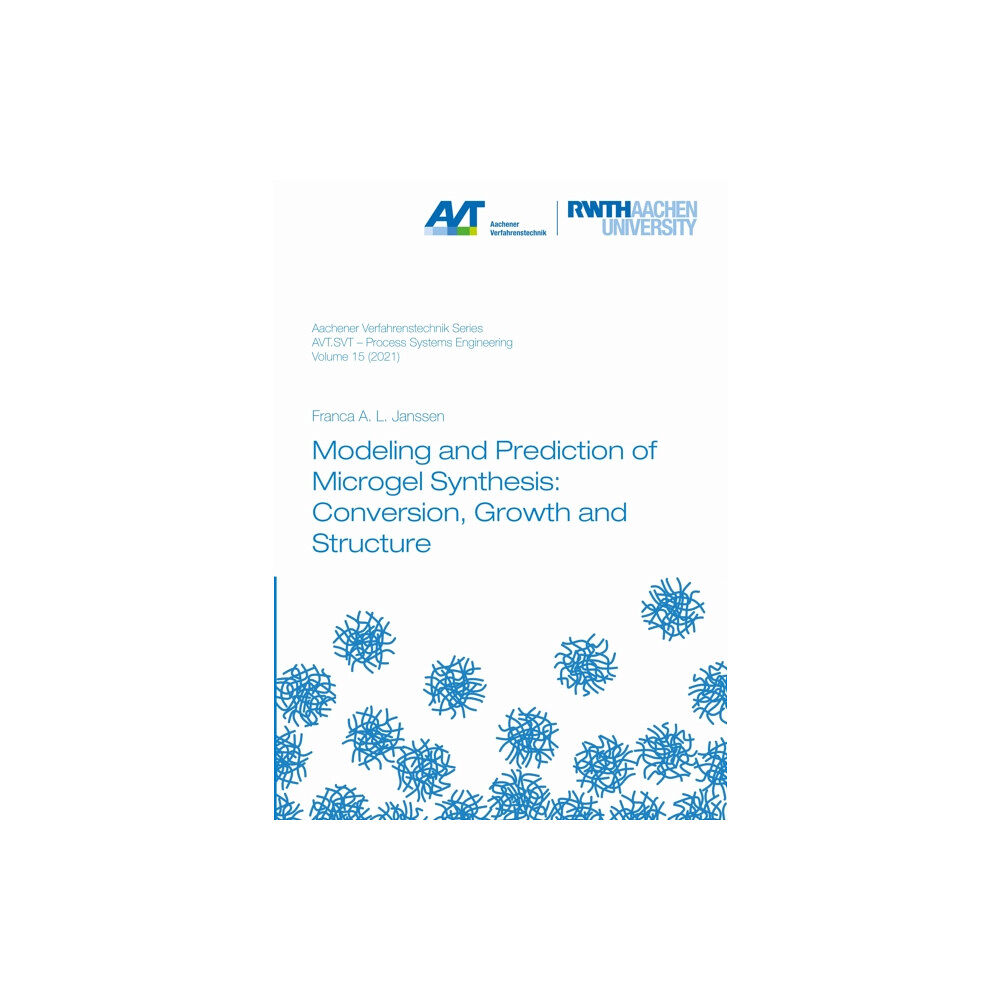Modeling and Prediction of Microgel Synthesis: Conversion, Growth and Structure (häftad, eng)
565 kr
589 kr
Bara 2 kvar
Skickas inom 4 - 5 vardagar
Specifikation
Det finns tyvärr inga specifikationer att visa för denna produkt.

